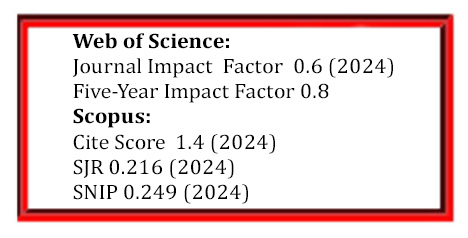Experimental Study on the Dynamic Compressive Response of Sand with Respect to Relative Density and Water Content
DOI:
https://doi.org/10.5755/j02.ms.38365Keywords:
sand, high strain rate, relative density, water content, split Hopkinson pressure barAbstract
This paper presents the findings of dynamic compression tests conducted on sand specimens utilizing a Æ 100 mm Split Hopkinson Pressure Bar (SHPB) apparatus. The study aims to investigate the dynamic response characteristics of sand with varying relative densities and water contents subjected to different strain rates. The test results indicate a significant effect of strain rate on the dynamic response of sand. Initially, the equivalent stiffness of sand increases linearly with the strain rate; however, once the strain rate exceeds 381 s⁻¹, this stiffness exhibits a marked enhancement. For dry sand specimens, the peak stress gradually increases with strain rate. Conversely, for specimens with varying water contents, peak stress initially increases and subsequently decreases as the strain rate rises. The strain corresponding to peak stress is influenced by the combined effects of water content and relative density, exhibiting an initial increase followed by a decrease as the strain rate rises. When relative density remains constant at 0.9, the energy absorption density increases linearly with water content, peaking at 6.0 %. Furthermore, a positive correlation exists between the compression wave velocity of the specimens and both water content and relative density. Specifically, as water content increases from 0 – 10 %, the average compression wave velocity rises by 107.0 %. Similarly, as relative density increases from 0.1 – 0.9, the wave velocity of the sand specimens increases by 96.4 %. These findings suggest that optimizing water content can enhance the energy absorption capacity of sand within the energy absorption layers of protective structures.
Downloads
Published
Issue
Section
License
The copyrights for articles in this journal are retained by the author(s), with first publication rights granted to the journal. By virtue of their appearance in this open-access journal, articles are free to use with proper attribution in educational and other non-commercial settings.



